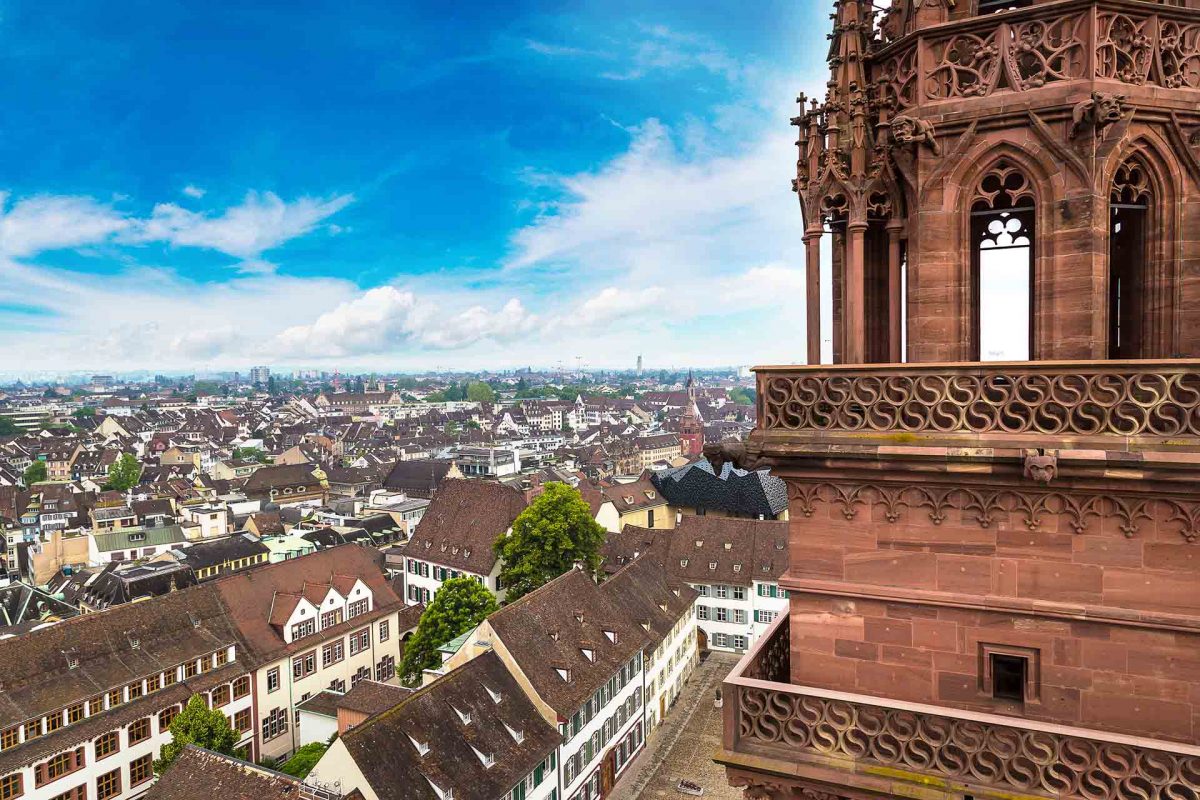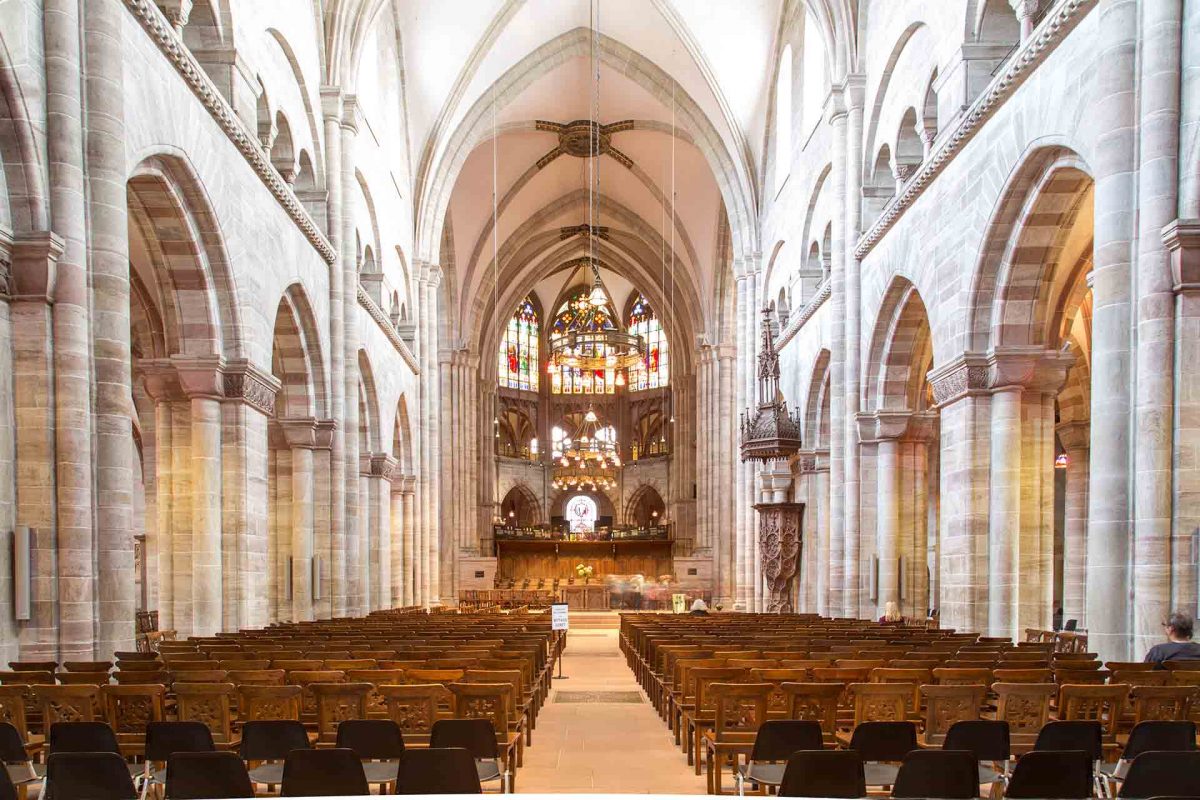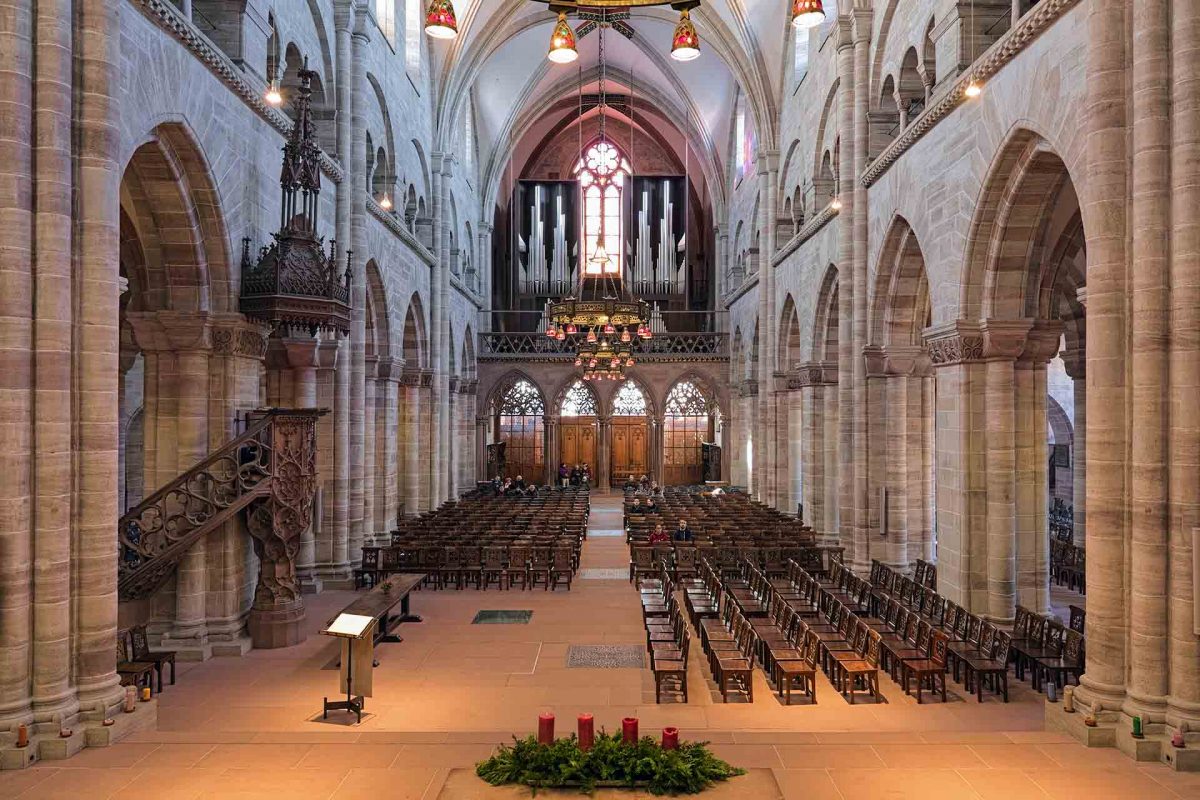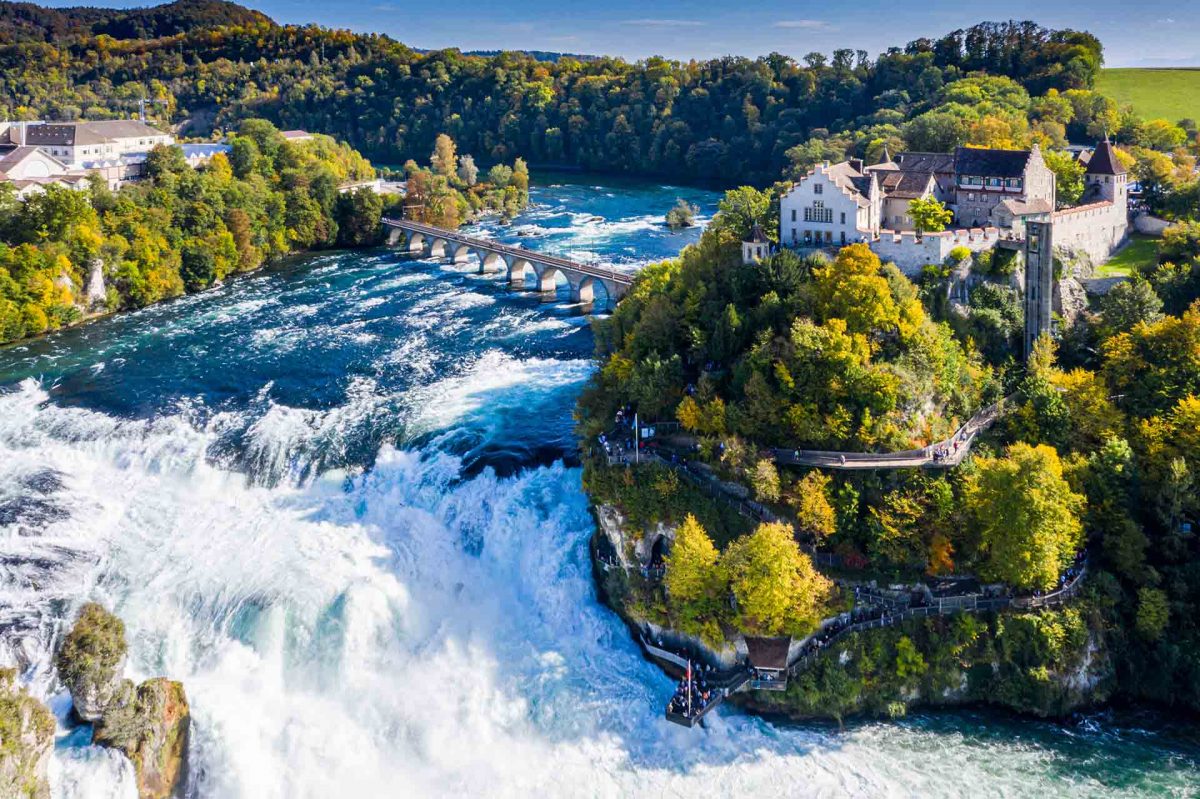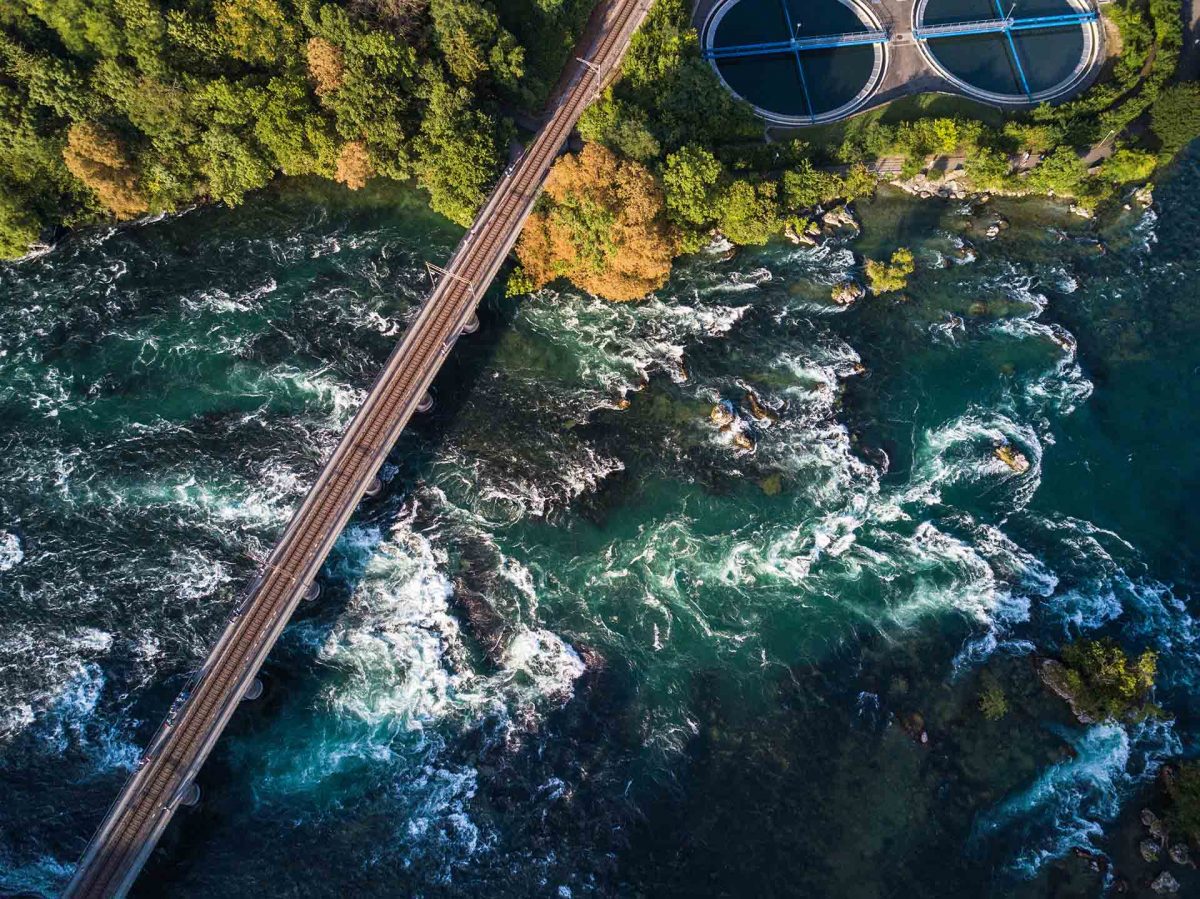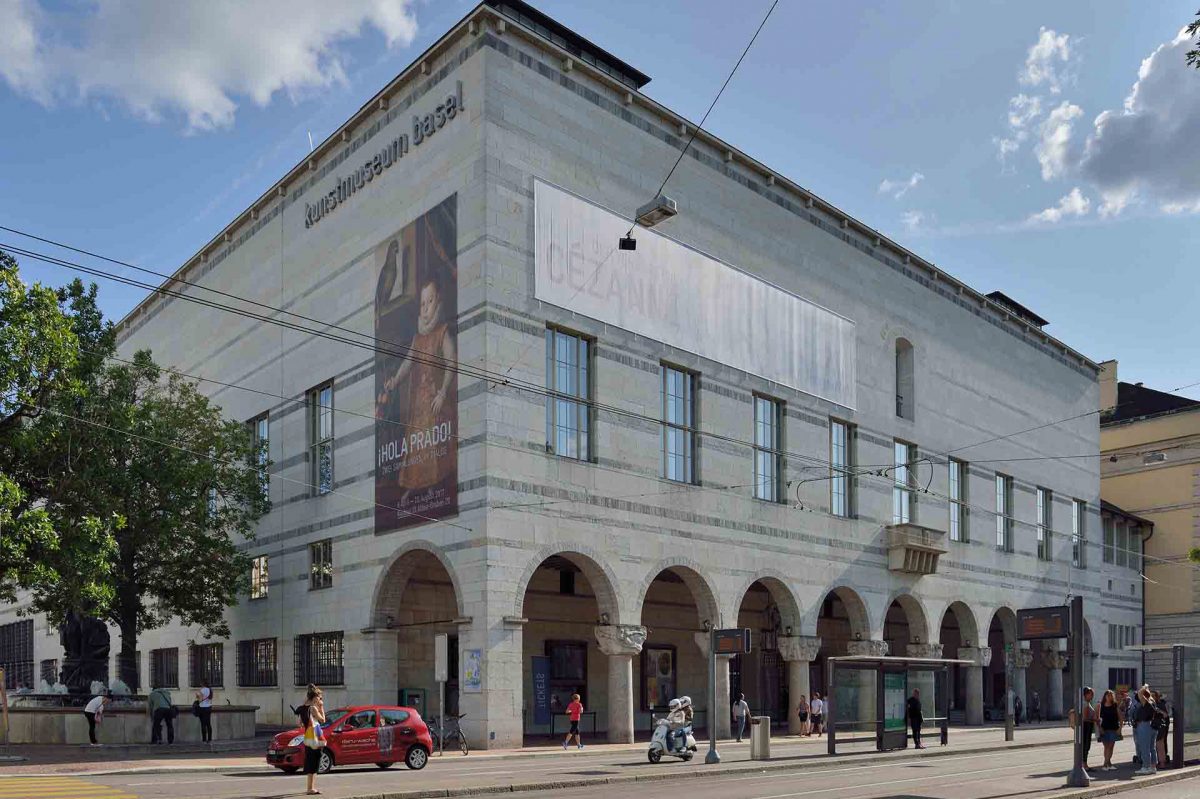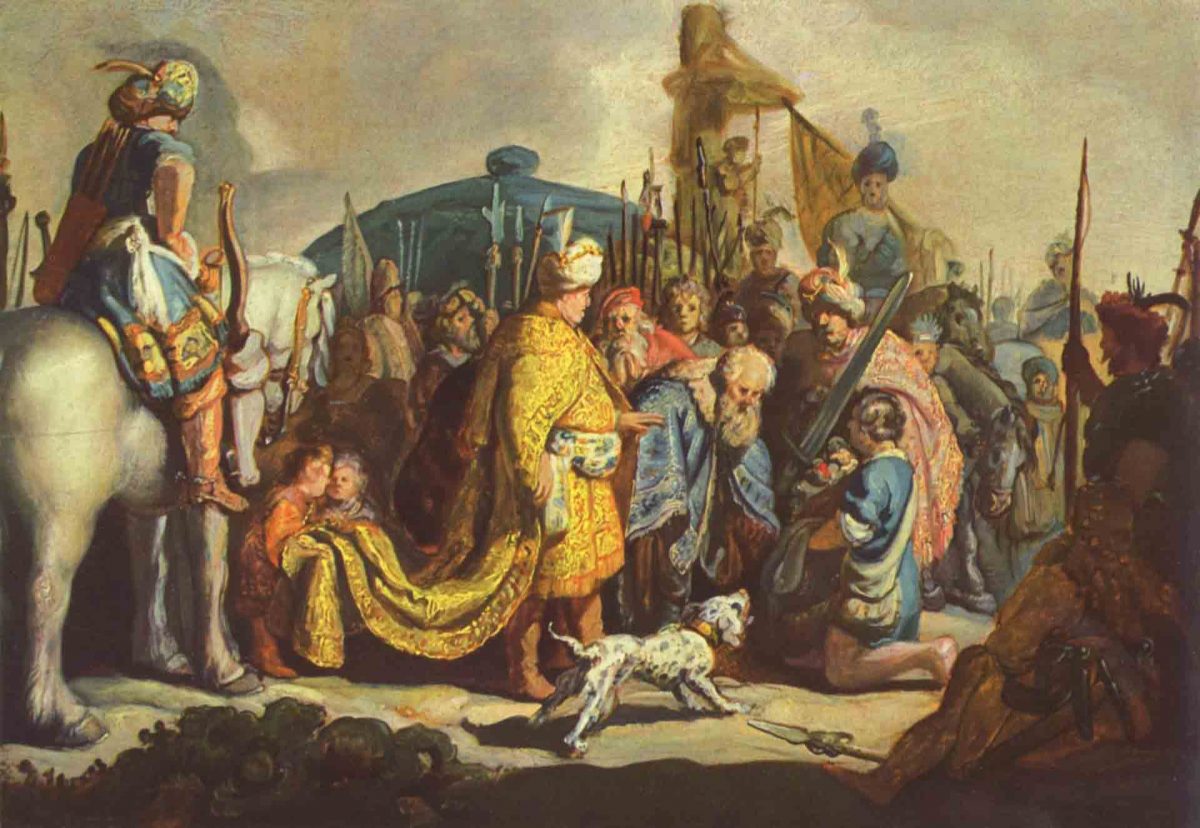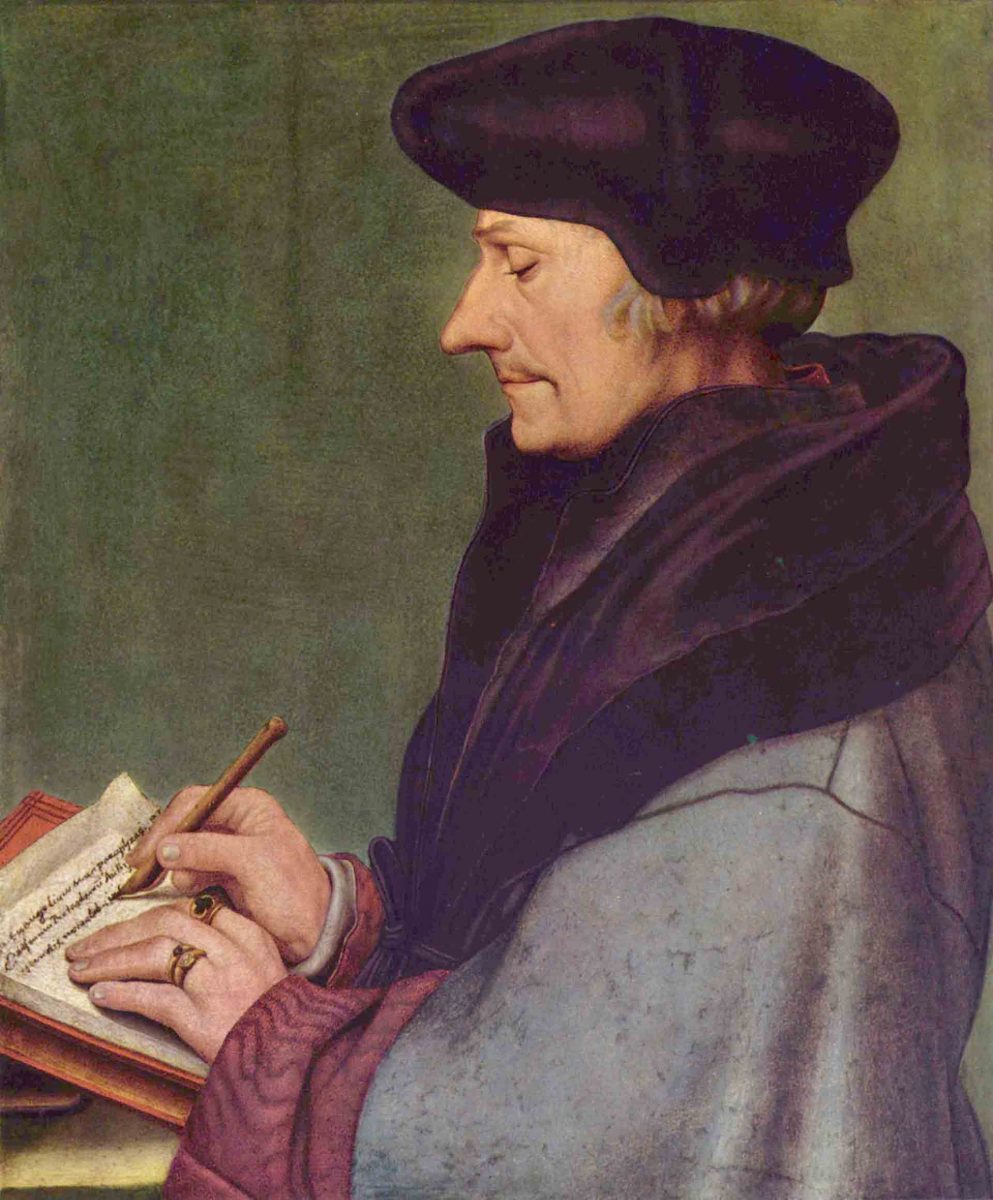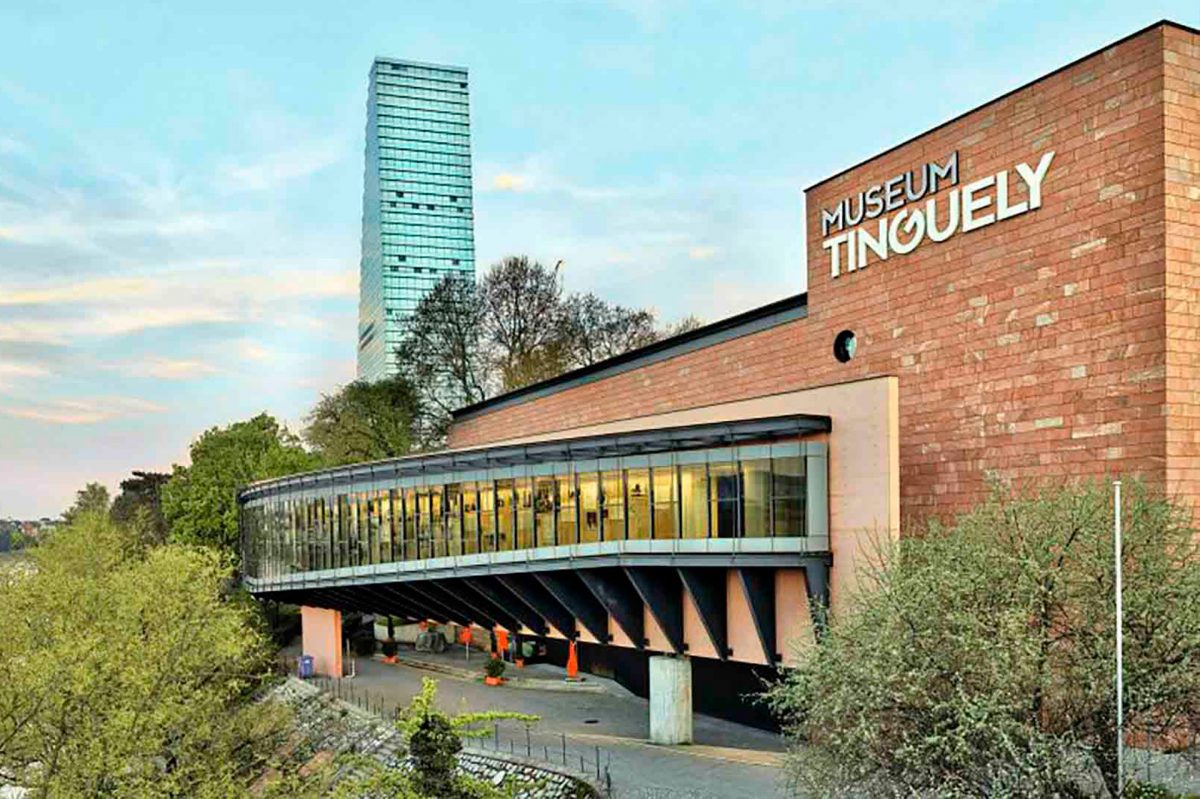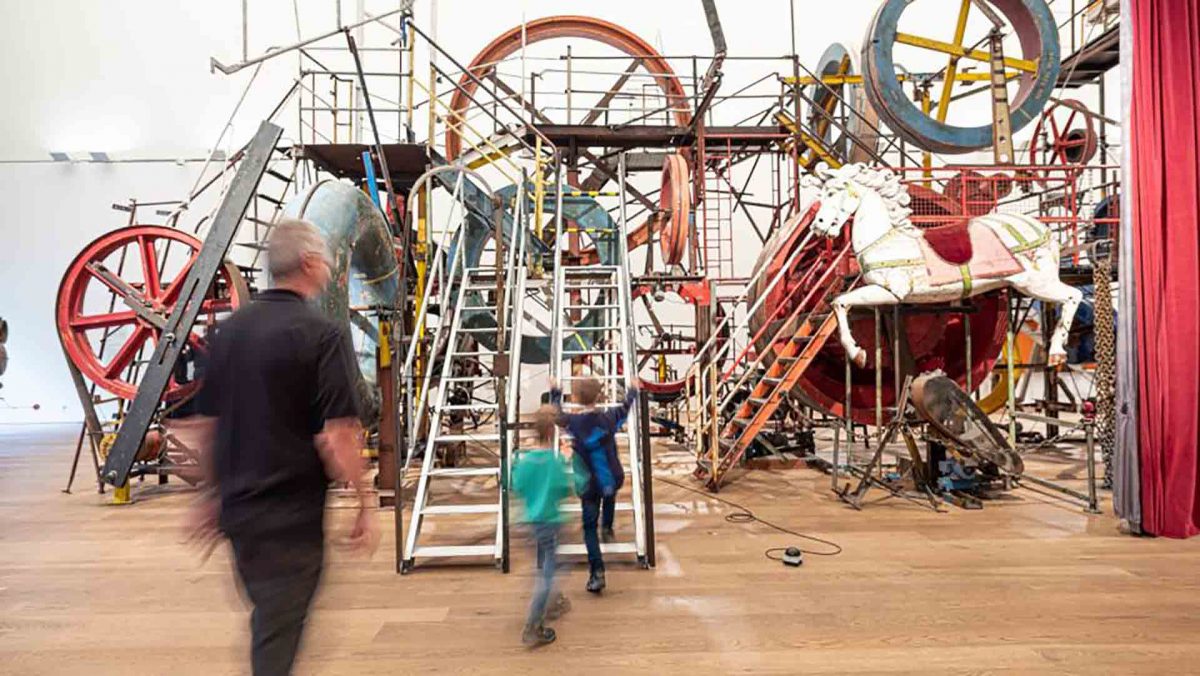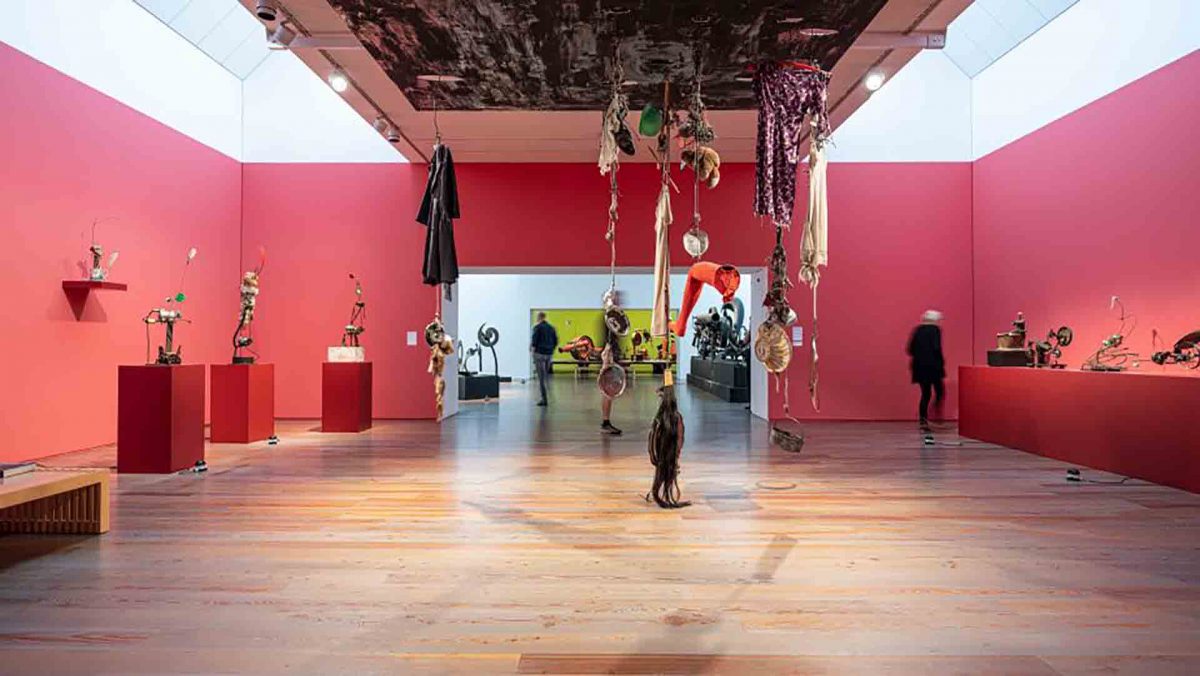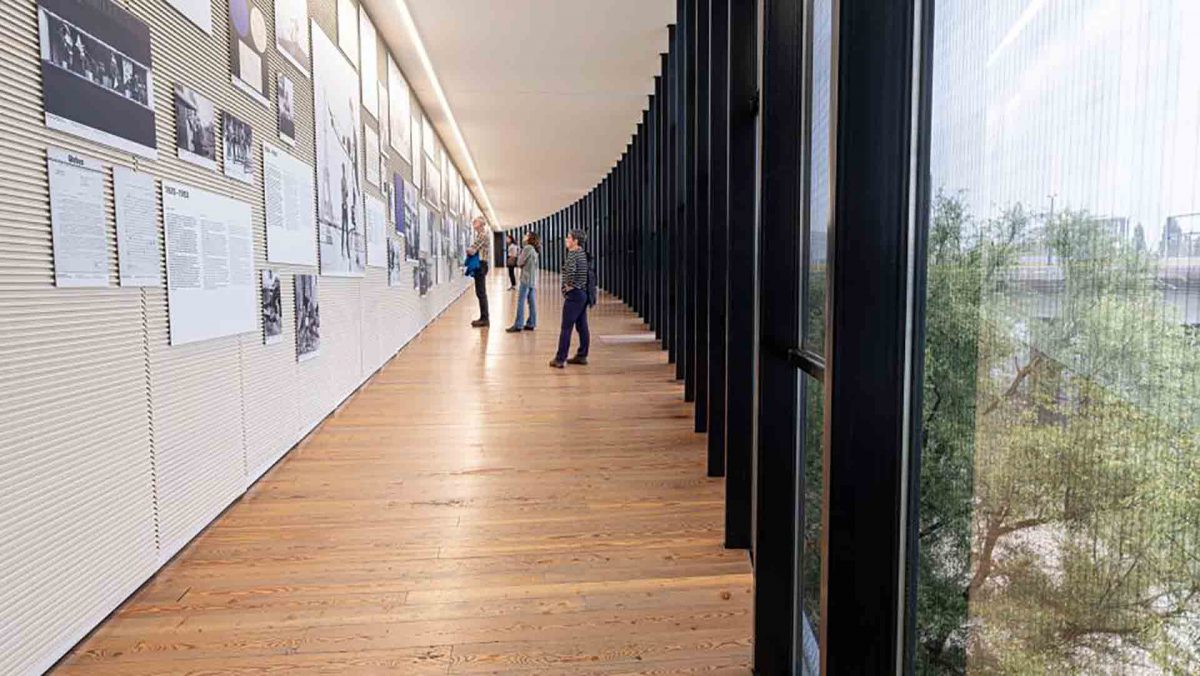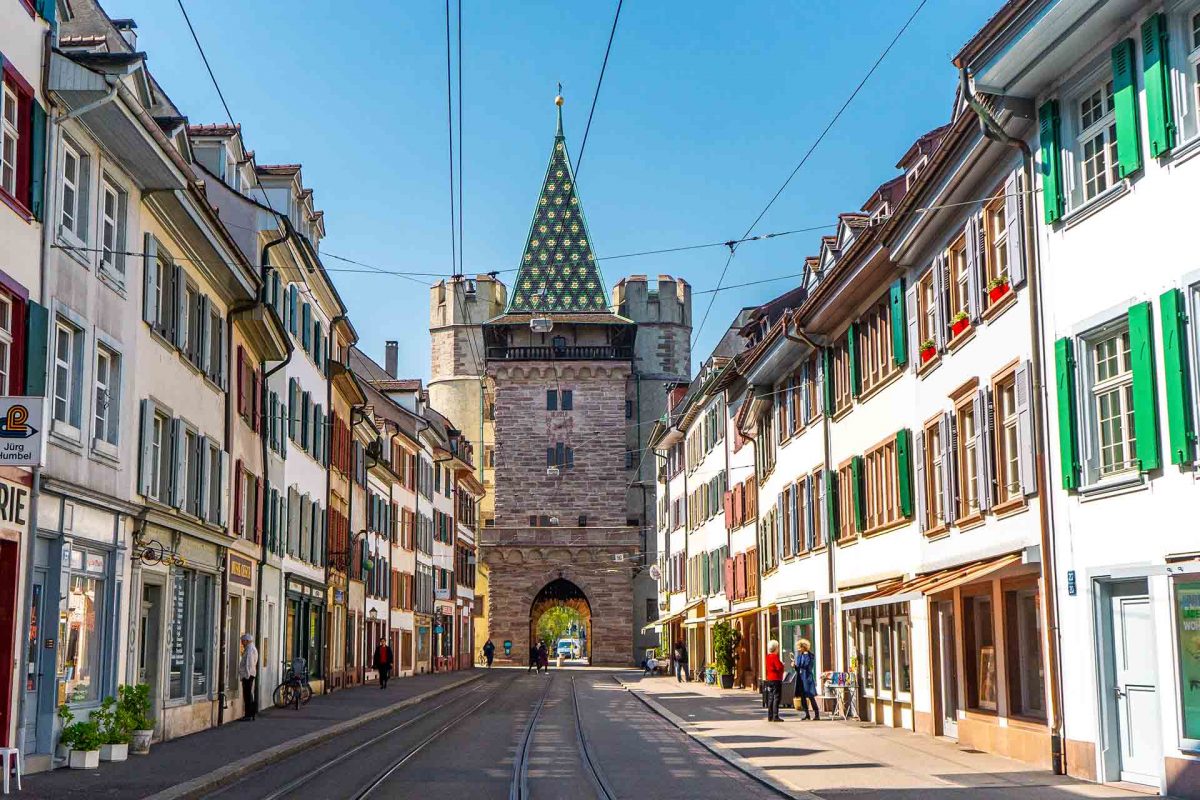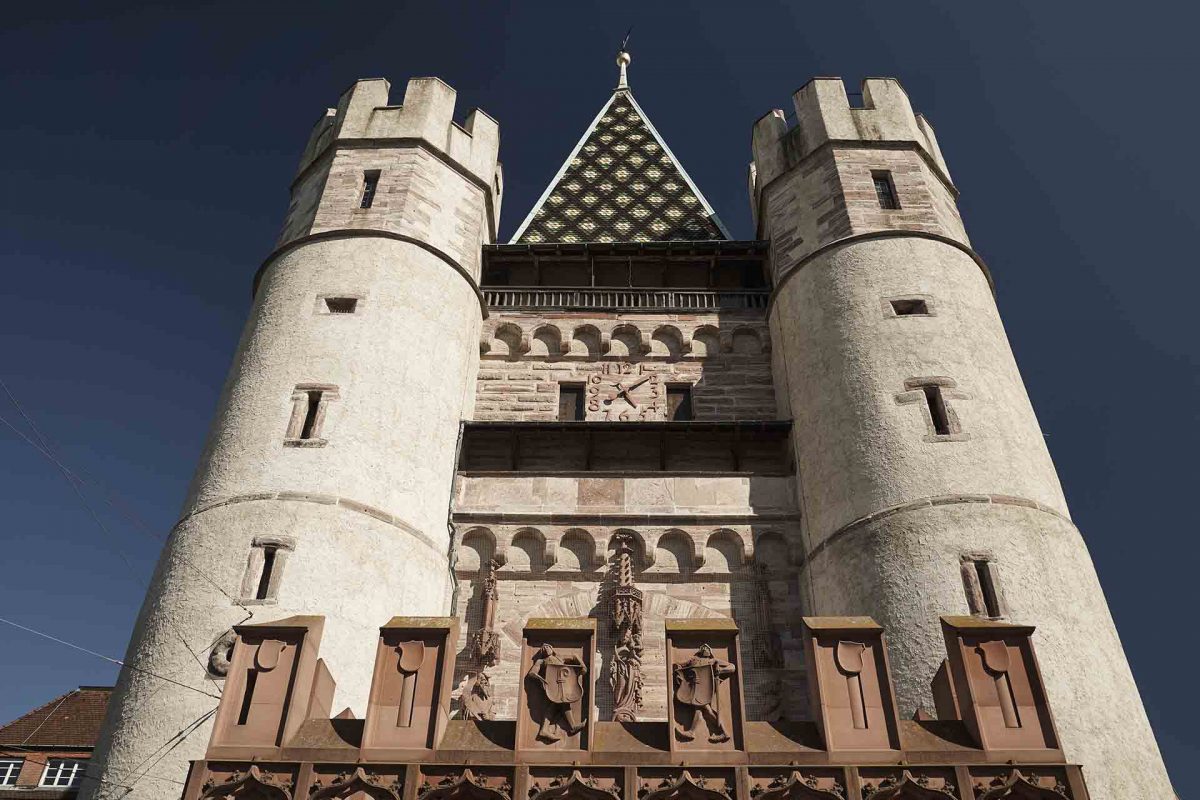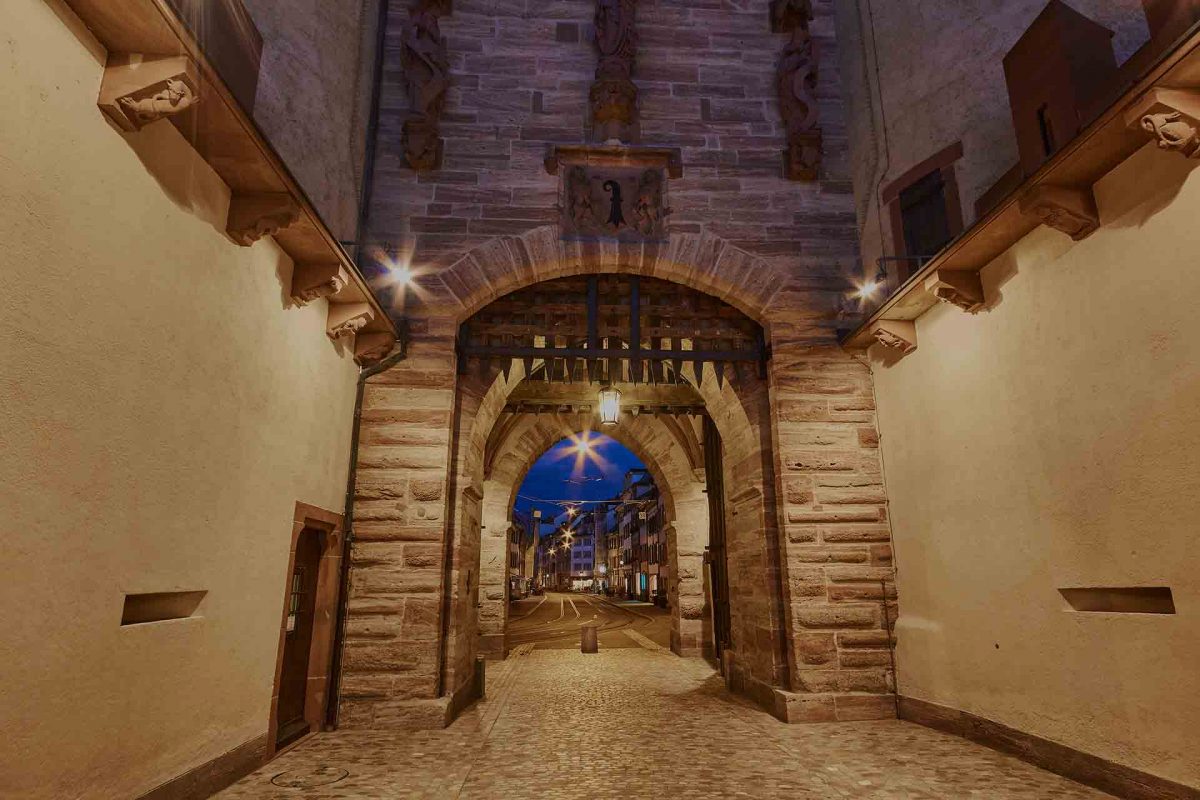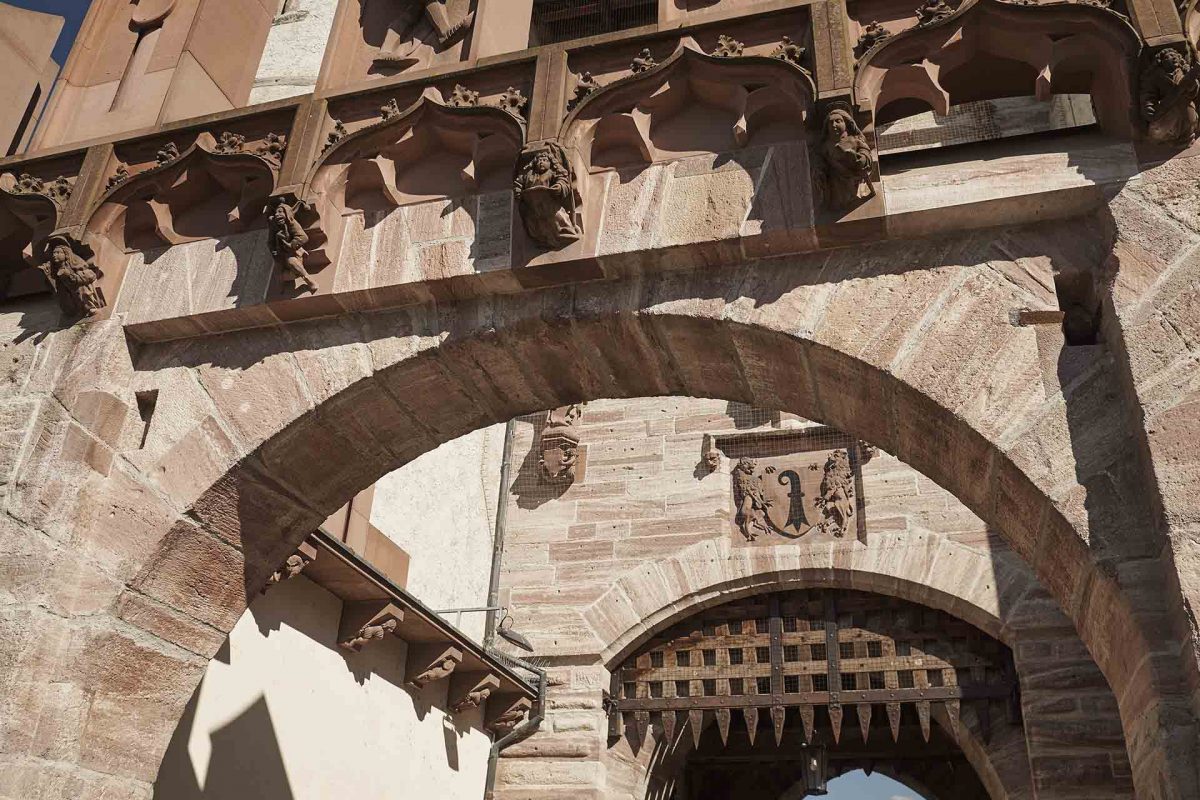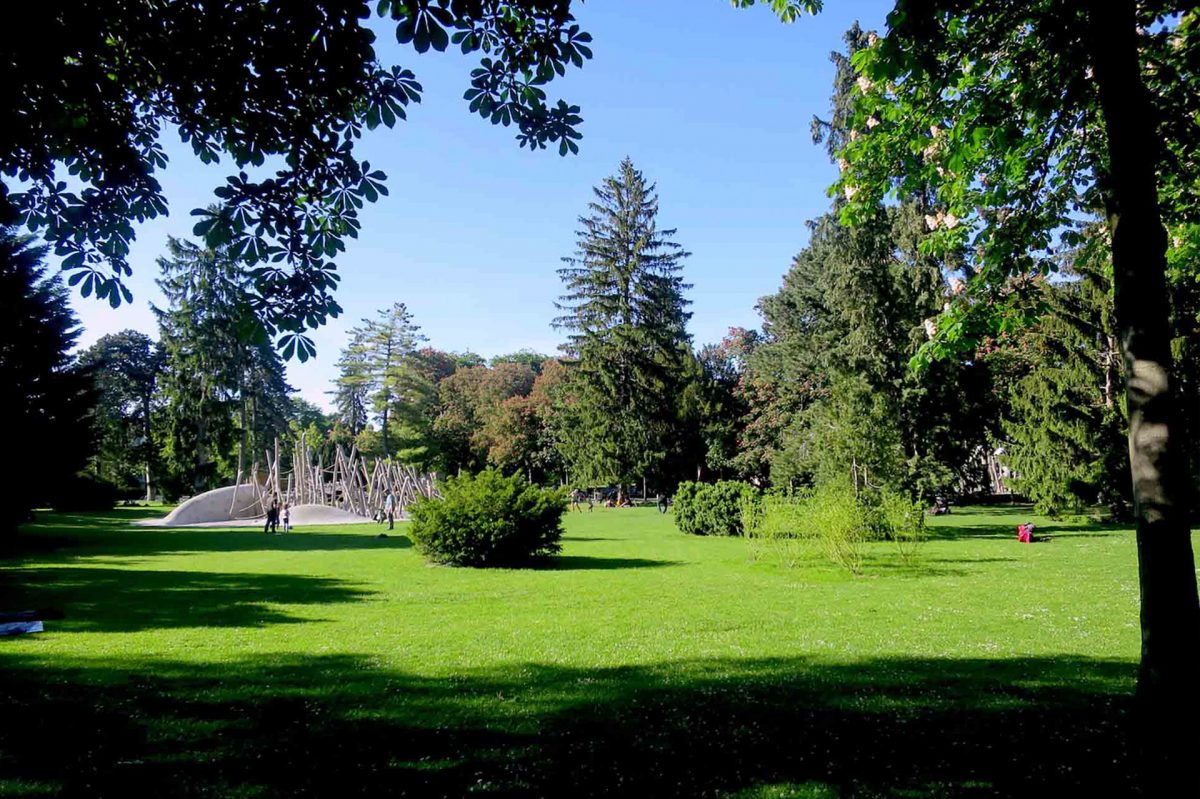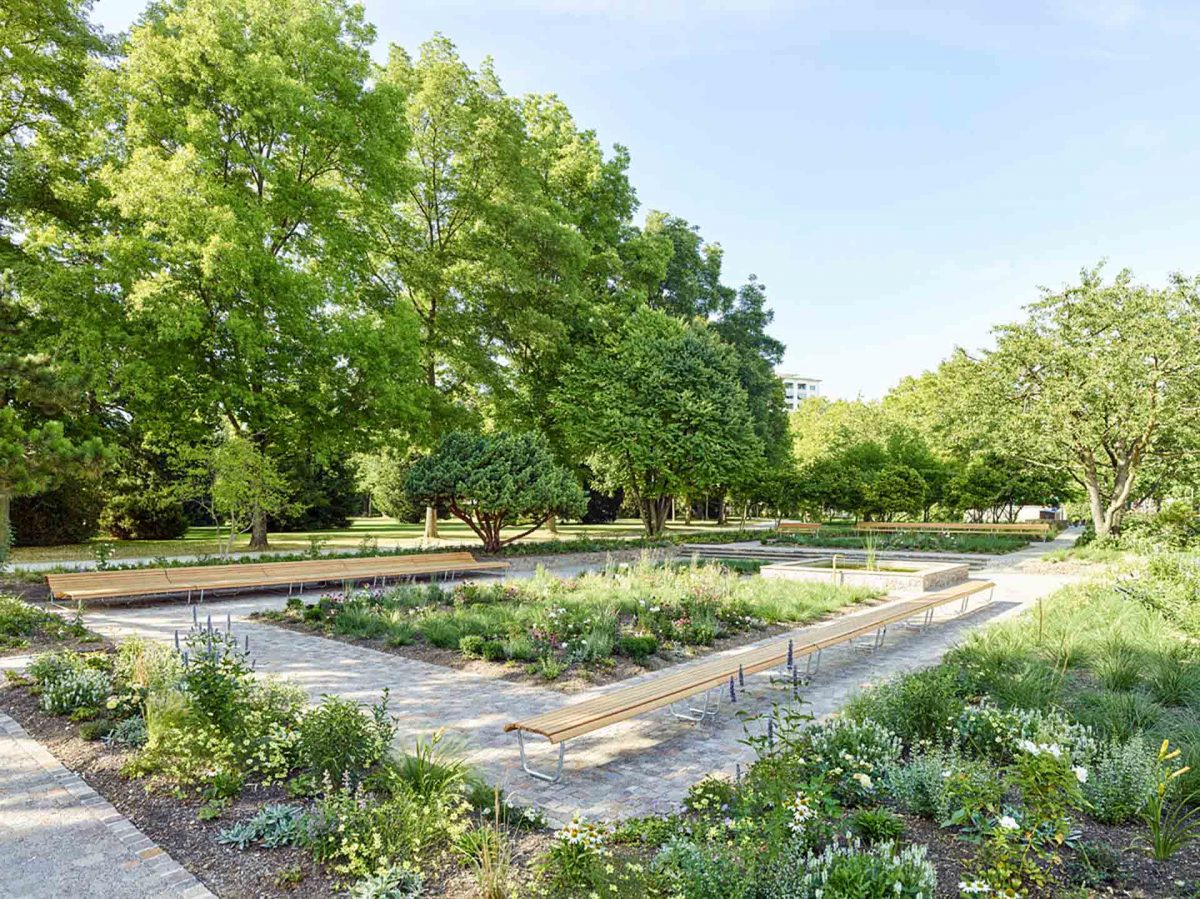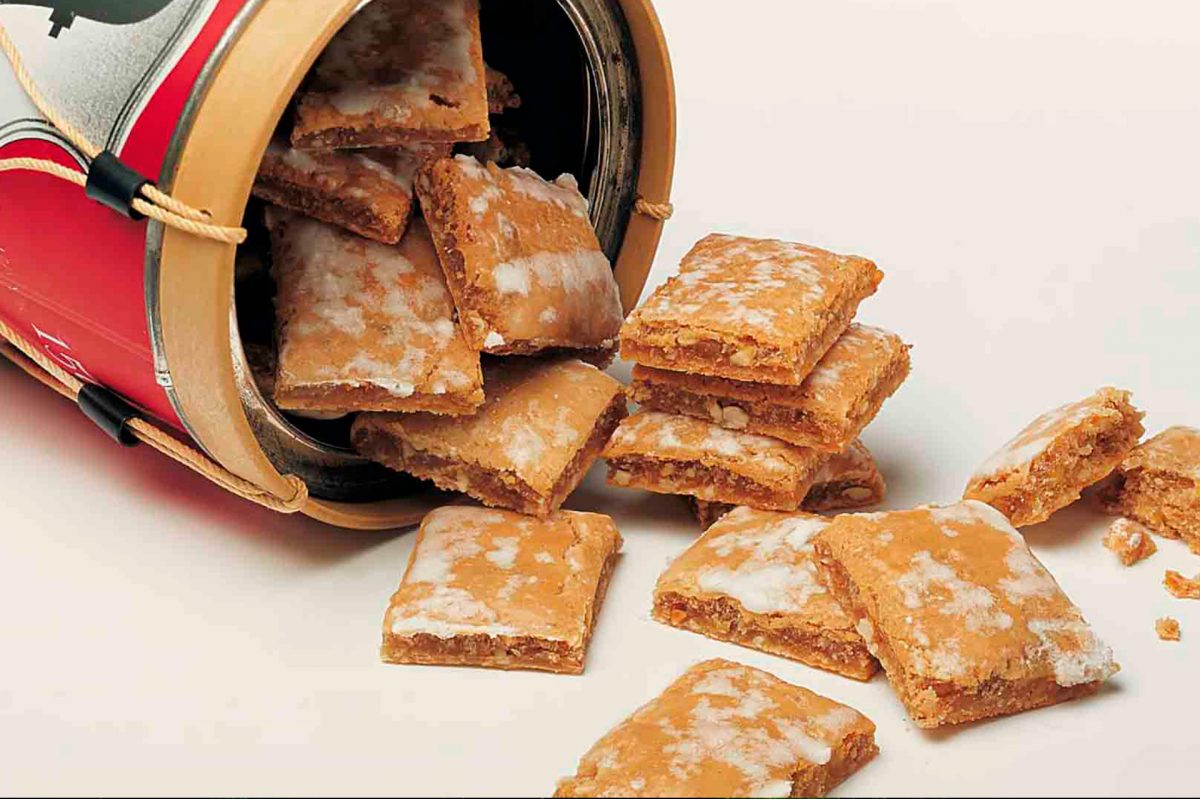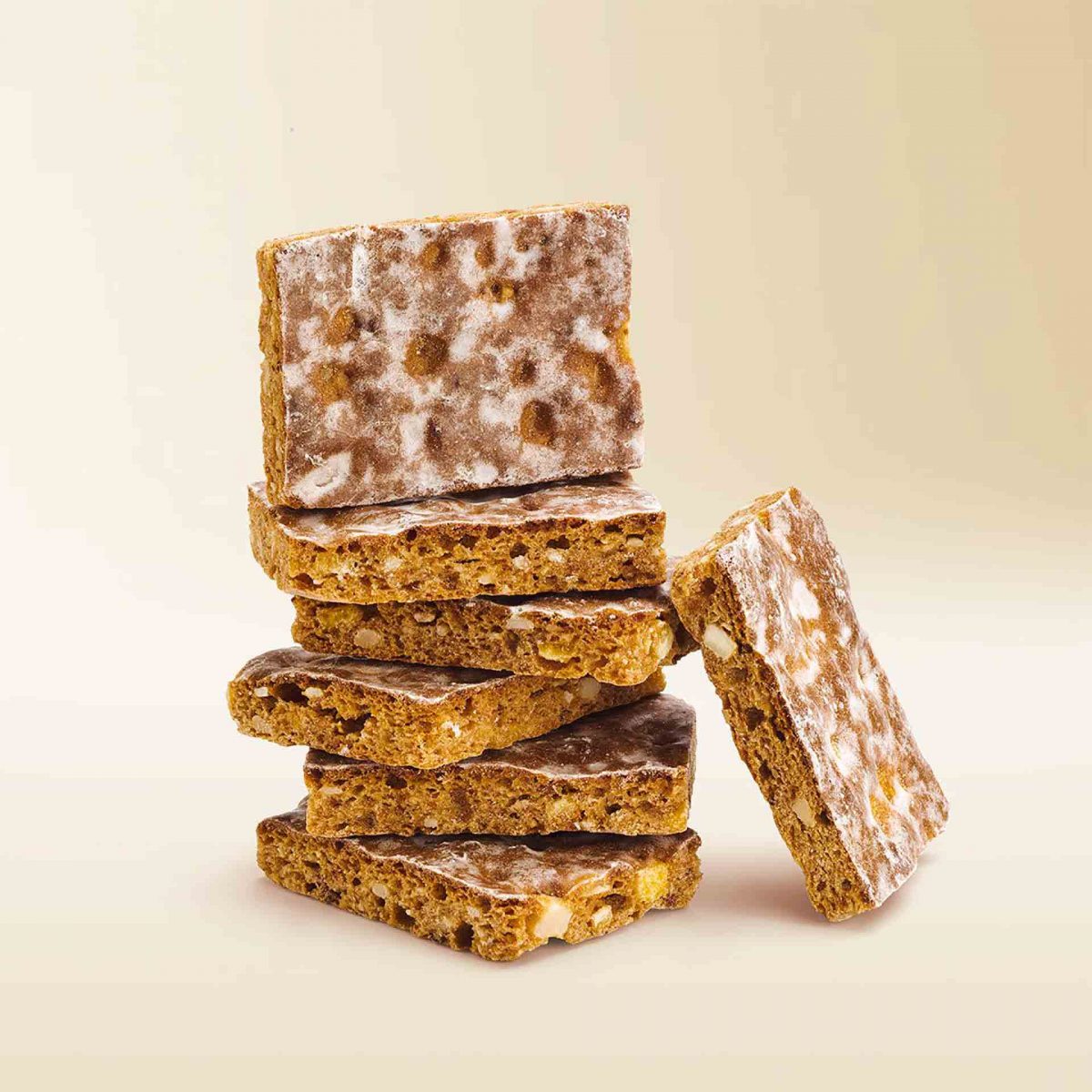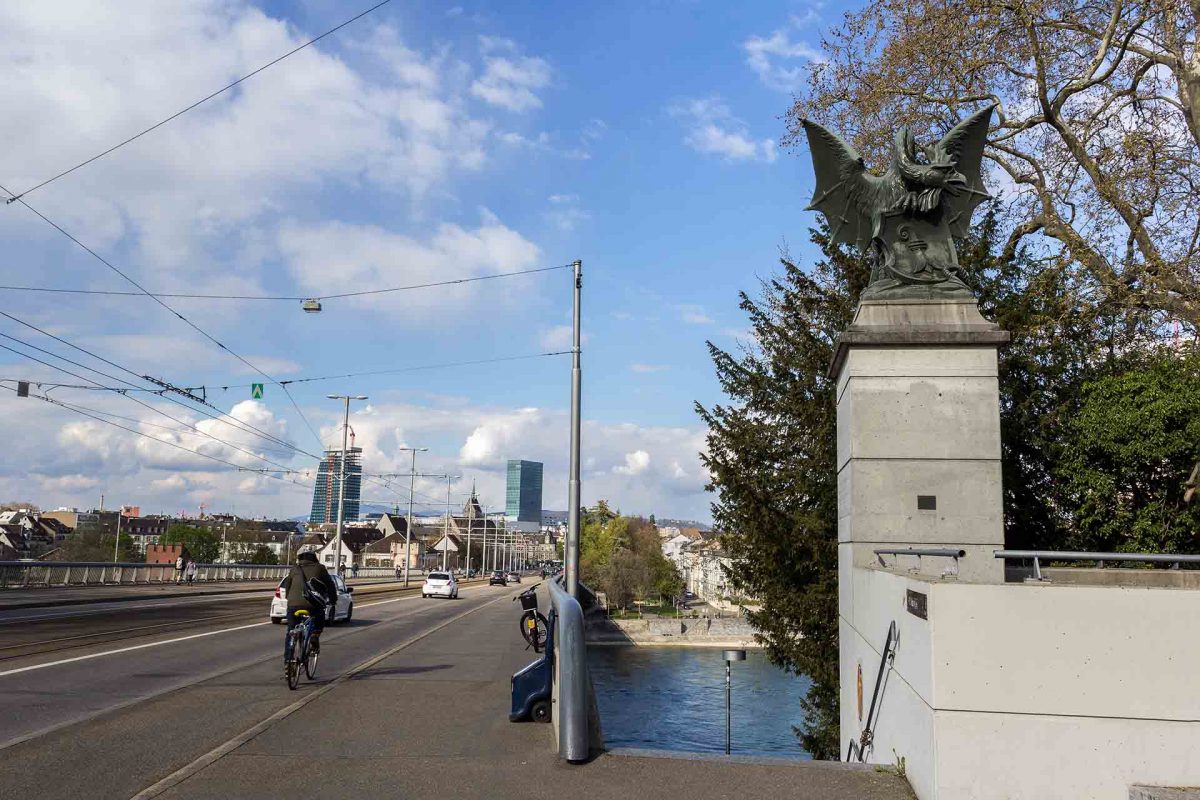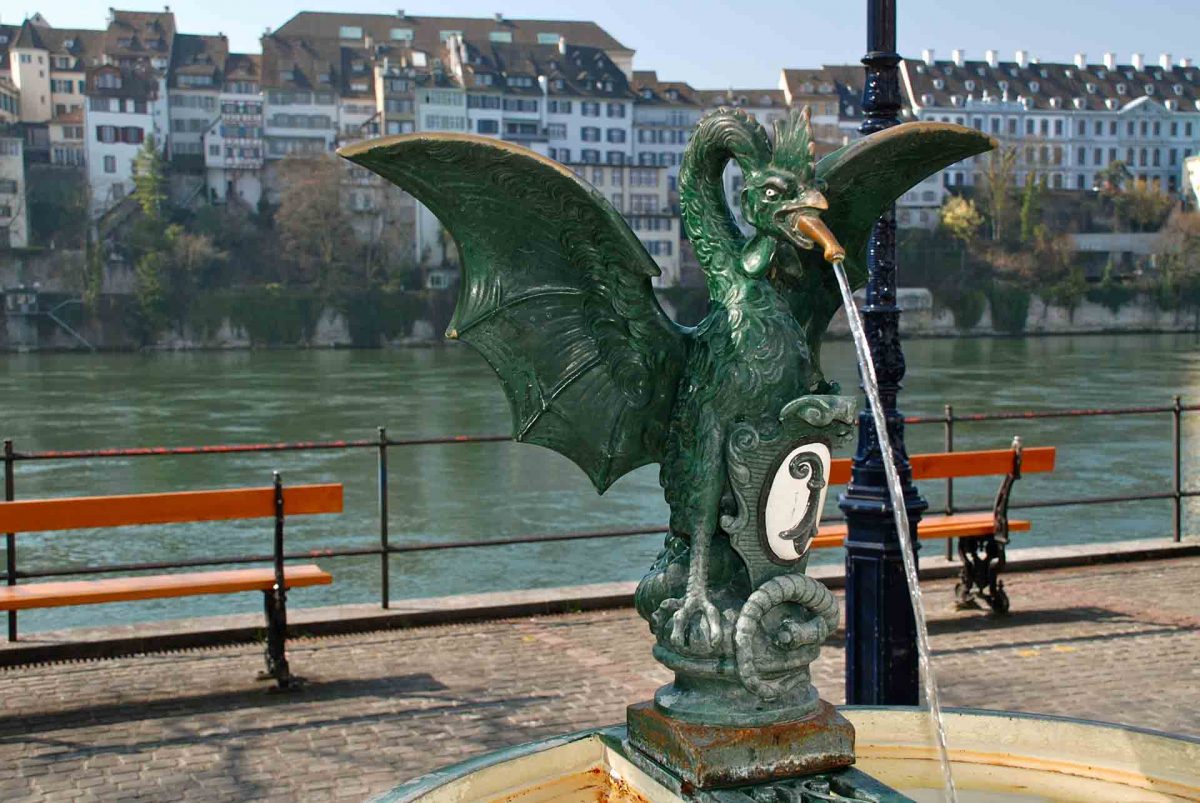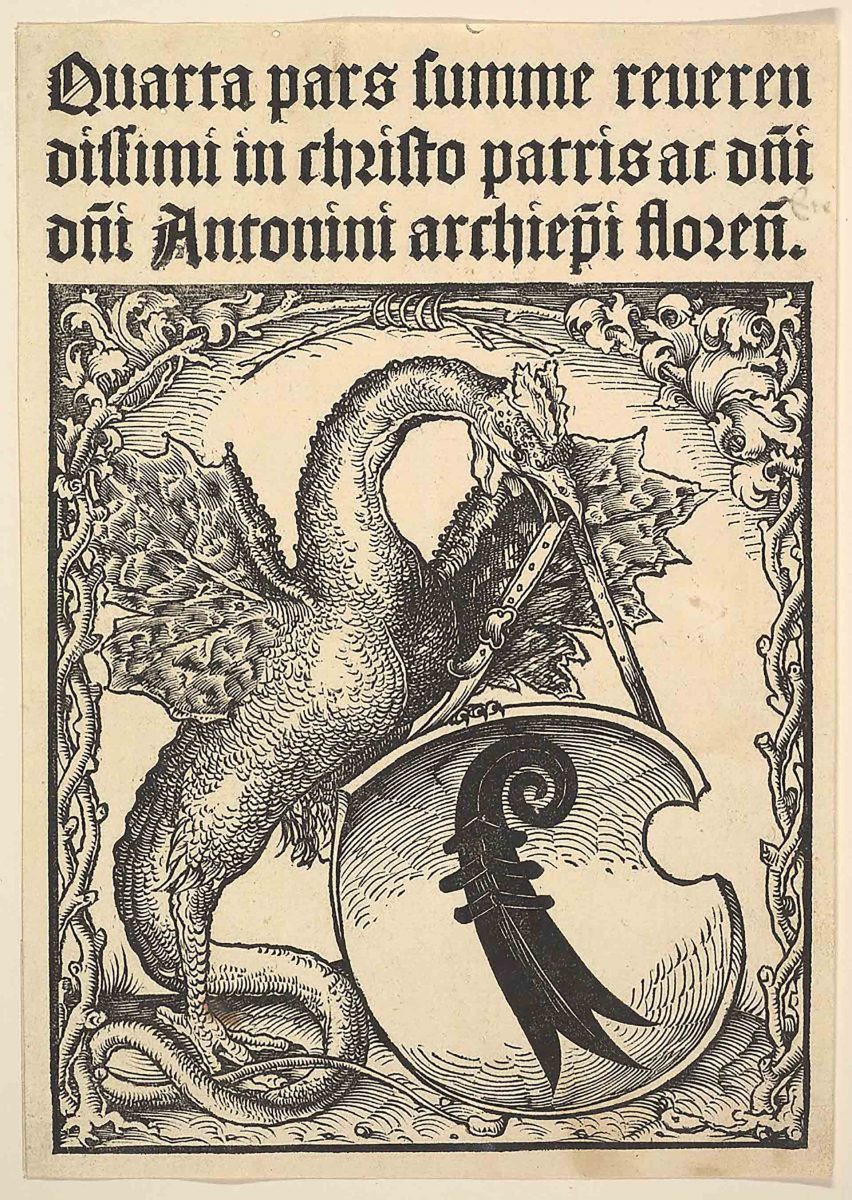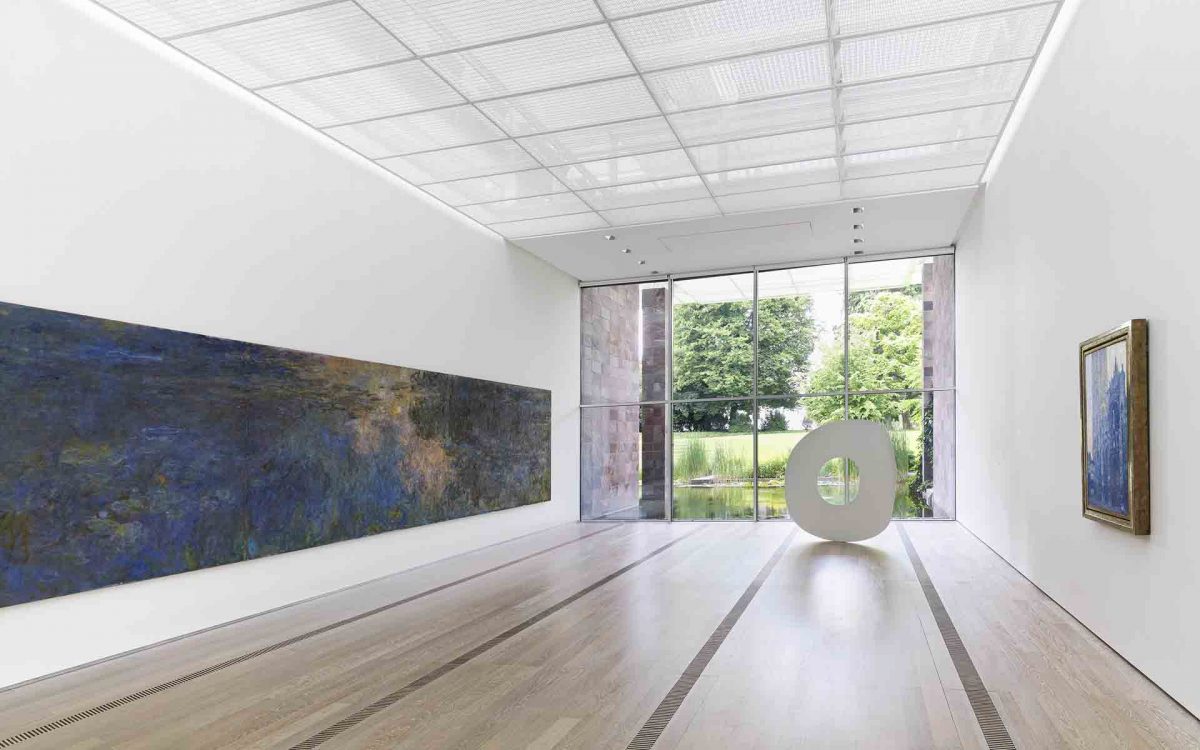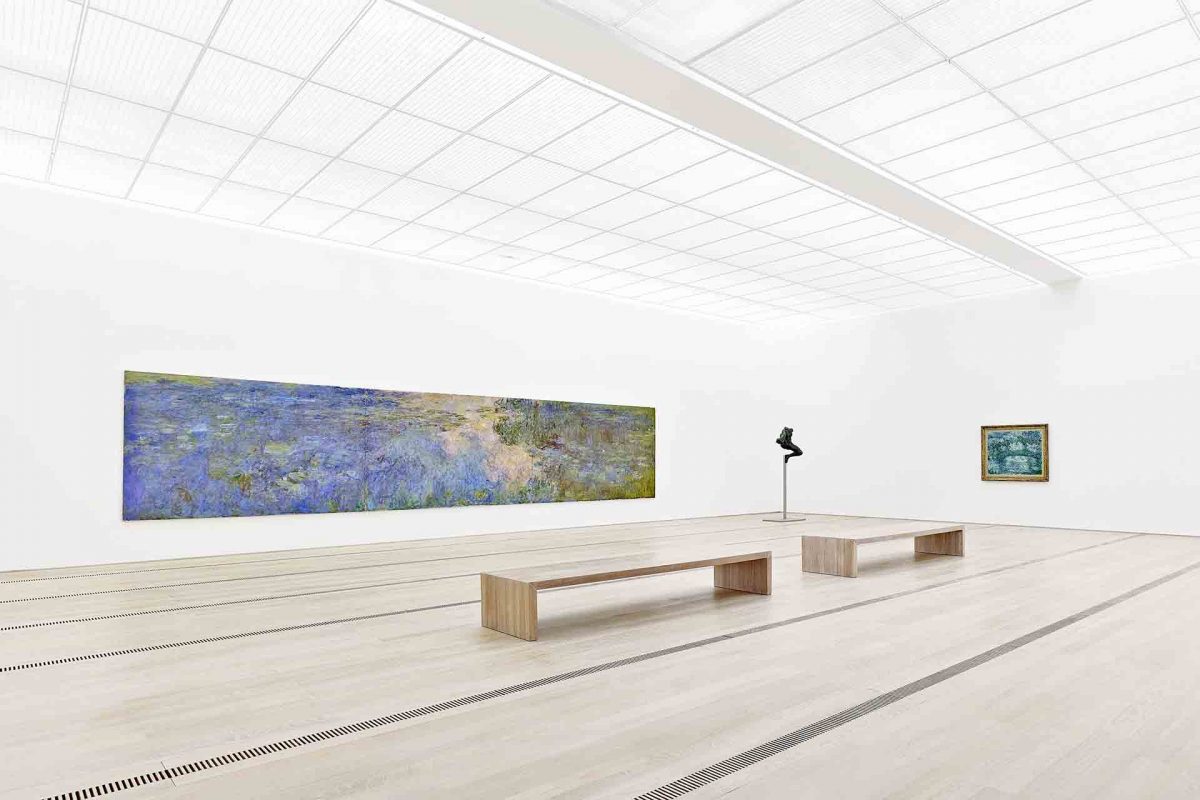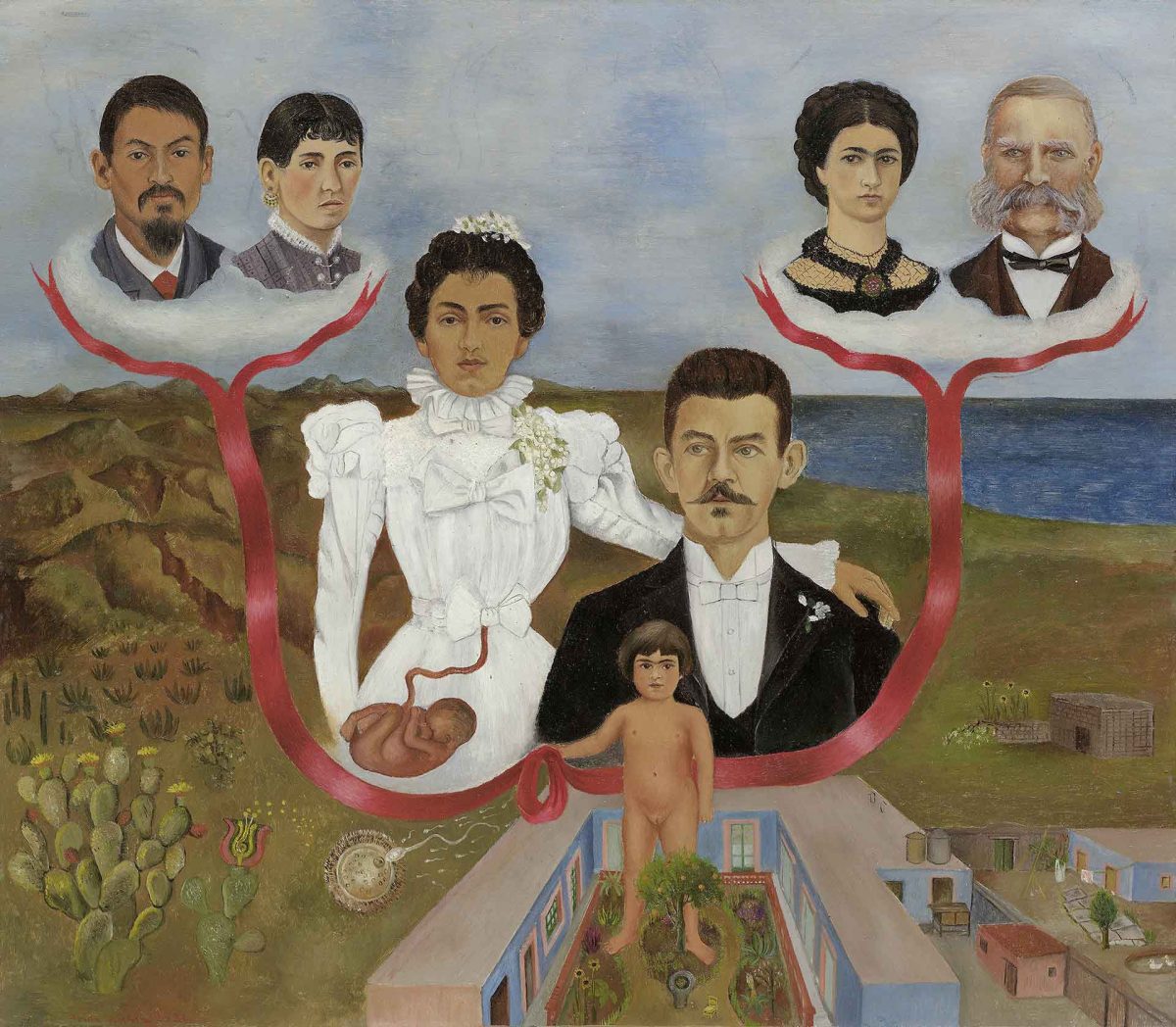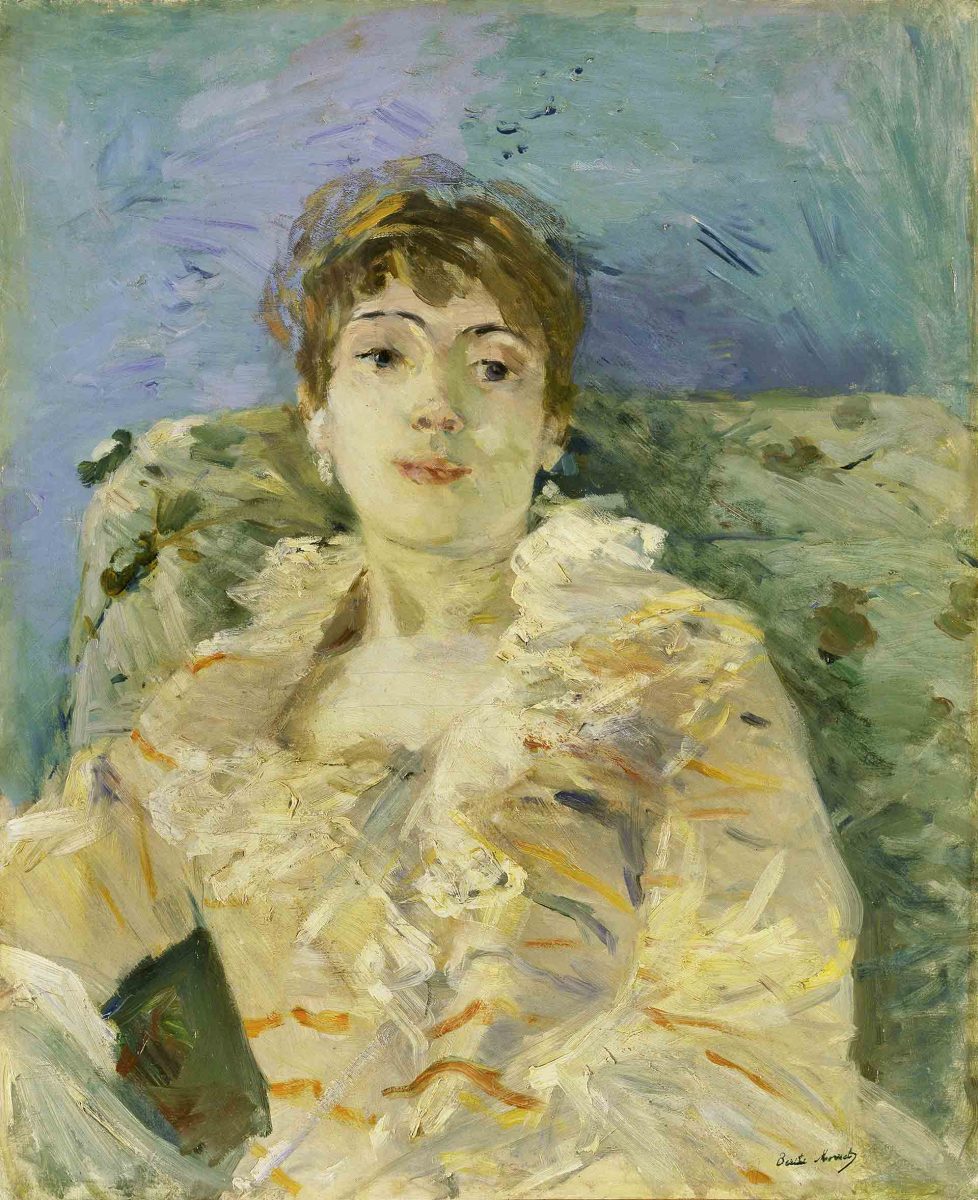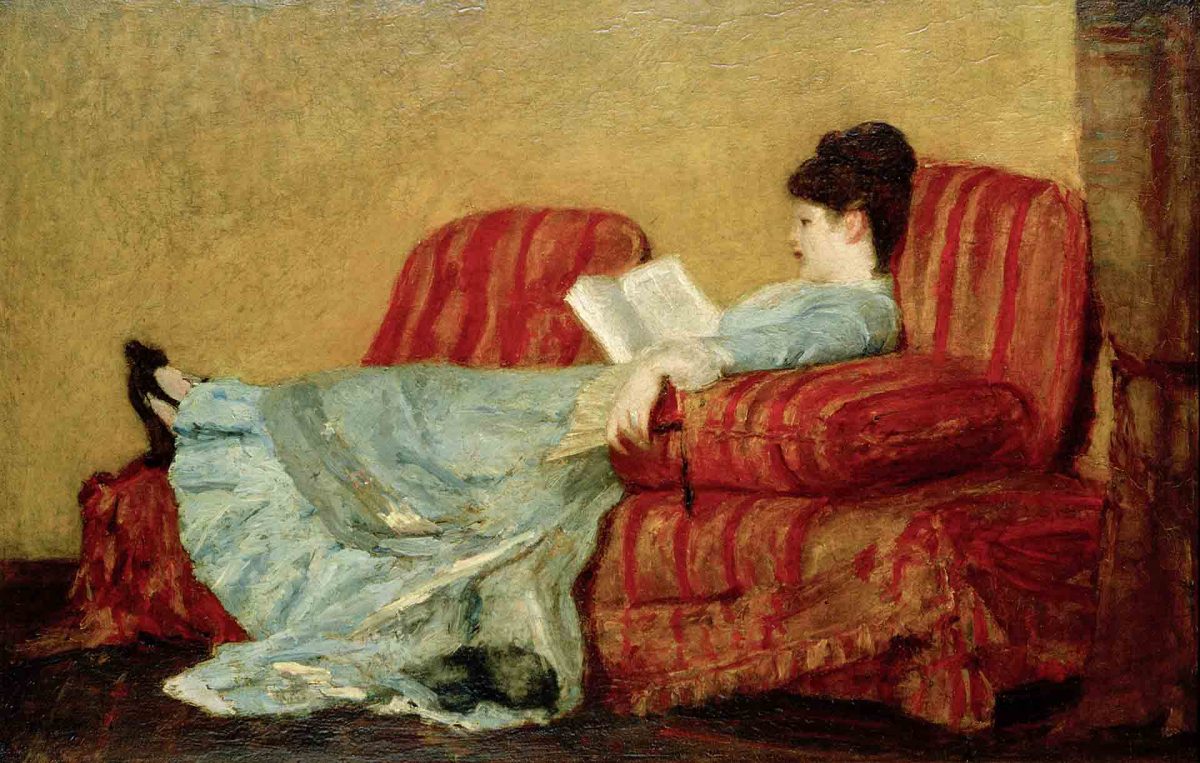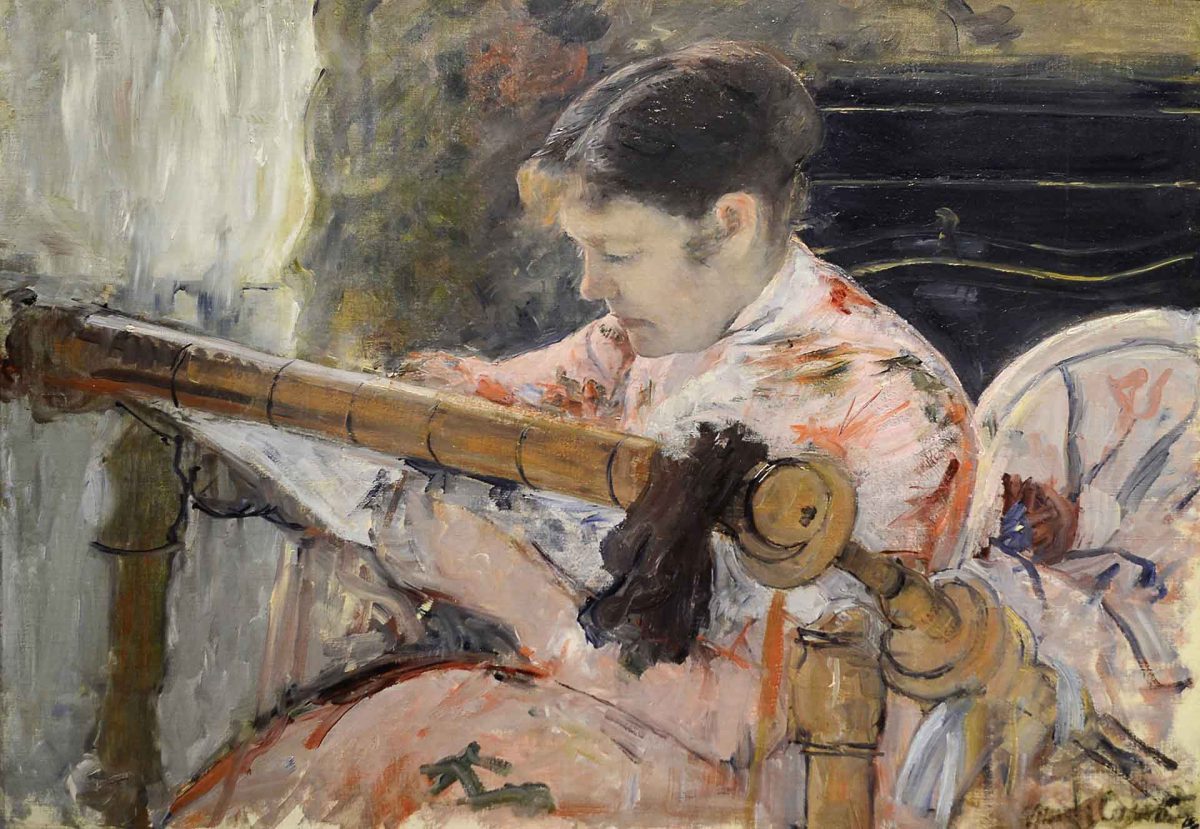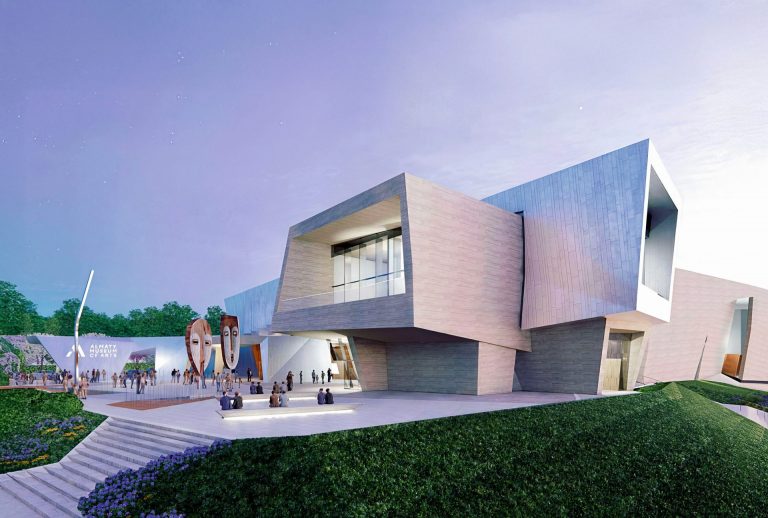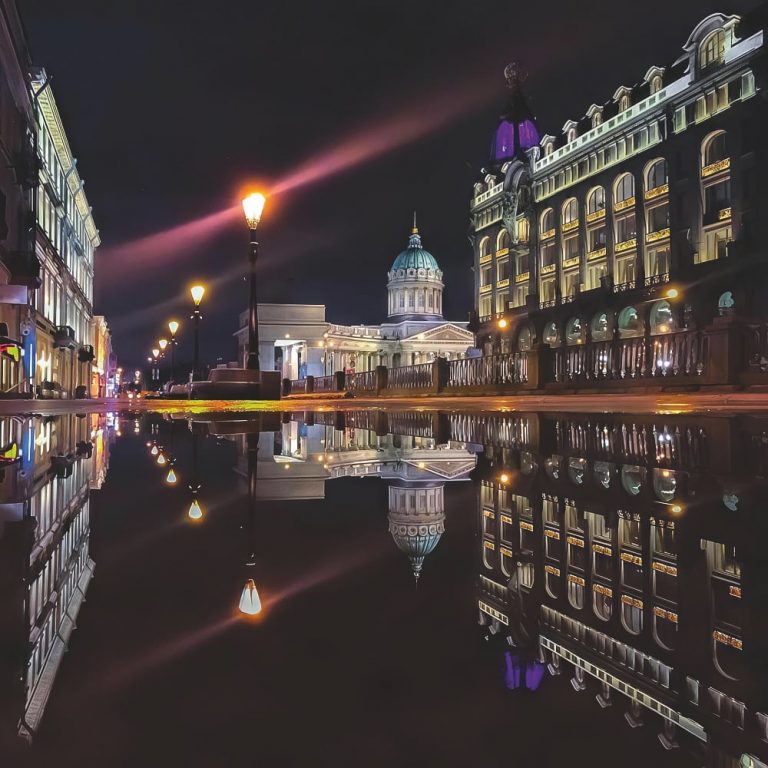Cathedral
The huge Calvinist cathedral in pink Molasses sandstone with glazed roof tiles stands on the banks of the Rhine for almost a thousand years. What remains of the building, which was founded in 1019 and later destroyed in various battles, is only part of the North Tower. The rest of the buildings were erected from the end of the 12th century to the end of the 15th century. Many of the sculptures and pictorial representations of saints were destroyed during the Reformation, but figures of dancing angels, prophets and kings have survived above the main porch. The great Renaissance scholar, “Prince of the Humanists” Erasmus of Rotterdam, found his resting place in the cathedral. The spiral staircase of the bell tower offers a fine view over Basel and the Rhine.
Rhine
The Rhine divides the city into Greater and Lesser Basel. It’s a pleasure to walk along the river, and you can take a boat trip along it, but a special treat is crossing to the other side on the ancient non-motorized ferryboat, which pushes on the natural flow of the Rhine. On the way, the ferryman tells all kinds of interesting stories, but you need to be fluent in German or at least English to understand them. If you want to, you can get from Basel to the famous Rhine Falls, but the quickest way (1 hour 15 minutes) is not by water but by train.
Kunstmuseum
The Basel Museum of Fine Arts (Kunstmuseum) was founded in 1661, and only recently it opened a second building and expanded its exhibition to include more of Basel’s original treasures. The museum has Switzerland’s largest public art collection and the world’s largest collection of paintings from the famous Holbein dynasty. Interestingly enough, one of these works, The Dead Christ in the Coffin by Hans Holbein the younger, had a great influence on the literary process of the century before last. Fyodor Dostoevsky was so impressed by this naturalistic portrayal of Christ that soon after visiting the museum he began work on his novel The Idiot, in which this picture became one of the semantic factors (“This picture can make someone else lose his faith!”, Myshkin exclaims, seeing a copy of Holbein in the house of Rogozhin).
The museum also runs temporary exhibitions. For example, the first retrospective of Camille Pissarro in Switzerland in over 60 years is open here until 23 January.
Tinguely Museum
The museum exhibition dedicated to the work of Jean Tinguely, author of the famous Stravinsky Fountain at the Centre Pompidou in Paris, is often called “mad sculptures”. Kinetic installations and mechanisms made from scrap metal are exhibited here. They whimsically move, clatter, squeak, in general, they seem to live quite an independent life. Movement and abstract play have always fascinated the master, and he contrasted them with traditional art. Tinguely’s sculptures, drawings, photographs and posters can also be seen in the museum. A fountain with the master’s kinetic designs is on the square in front of the museum.
Spalentor and the Basel Dove
Spalentor is the city’s main gate and a national monument. Built between 1387 and 1398, it was originally part of the fortress wall, which was demolished in the 19th century. The gate consists of three towers: a square main tower with a glazed tile roof, and two round ones on the sides. One of the side towers has a spiral staircase which is only allowed to be climbed once a year, on Open Gate Day. A historic post box with a picture of the Basel Dove hangs on the inside. The world’s first three-colour postage stamp (and the only one ever issued by Basel) had a white dove with an envelope in its beak. The drawing for the stamp and letterbox was completed by the famous Swiss architect Melchior Berry in 1845. Today the value of a stamp can be up to 37,500 Swiss francs.
Kannenfeldpark
Although Basel is not Switzerland’s greenest city, it wasn’t long ago that the city council applied to be the green capital of Europe. This status is awarded annually by the European Commission to cities with populations of more than 100,000, which are known for their active environmental policies. Basel has a chance to become the green capital in 2025, and we will learn about the European Commission’s decision two years earlier, which, however, does not prevent us from enjoying the city’s gardens and parks right now.
The largest park in Basel is in the St. Johann district, covering 180 hectares. Magnolias, oaks, and maples are in splendid autumn colours. Kannenfeldpark is the perfect place to feel like a local rather than a tourist: citizens love to come here for a barbecue, to play with their children or to do yoga.
Basler Läckerli gingerbread
Basel’s speciality is Basler Läckerli, a small rectangular gingerbread made from wheat flour to which honey, almonds, cinnamon and cloves are added, along with finely ground candied lemon or orange peel and nutmeg. Legend has it that before the blender was invented, it was so physically difficult to mix such a cool dough by hand that confectioners hired porters from the station. The original recipe for Läckerli is thought to have been invented in medieval monasteries, while the Basel version emerged in the 17th century, when confectionery-making flourished in the city. You’ll find many different variations at the Läckerli Huus on Gerbergasse.
Basilisk
Basel’s mystical animal, the Basilisk, is regarded as its patron saint. It was once thought that the Basilisk, with its gaze of a rooster, a toad, a dragon and a snake, could kill any living thing. They tamed the Basilisk and began to sculpt it. The most famous Basilisks were created by the Basel sculptor Ferdinand Schlöth in 1879 and once decorated the Harzgrabenbrücke bridge, but were later dismantled when the bridge was rebuilt and sold to private collections. However, the bridge (now called the Wettscheinbrücke) is still guarded by a Basilisk to this day. It came from the Lange Erlen park, and one of Schlöth’s found and repurchased Basilisks went there in turn. Basel also has 28 Basilisk fountains (incidentally, their “congener” is in Bauman Garden in Moscow) and, of course, many souvenir animals.
International tram
Riding the tram is hardly fun, but not in Basel: the fact is that this form of transport takes you to… neighbouring countries. Tram route No 10 connects Basel with the French city of Leman, tram route No 3 to Saint-Louis, also in France, and tram route No 8 goes to the German city of Weil am Rhein. Basel isn’t called the city of three countries for nothing!
Beyeler Foundation Museum
Tram No 6 takes you to Riehen, a suburb of Basel, where the private museum, founded by the collectors Hilda and Ernst Beyeler, keeps collectors’ masterpieces of the Art Nouveau era as well as art from Africa, Oceania and Alaska for more than half a century. In addition to the main exhibition, which includes works by Claude Monet, Paul Cézanne, Pablo Picasso, Andy Warhol, Roy Lichtenstein and other famous masters, the museum also has superb exhibitions.
Until 2 January, there is a Close-up exhibition of works by outstanding women artists and photographers of Europe and America from 1870 to the present day: Mary Cassatt, Frida Kahlo, Ellis Neal, and Cindy Sherman. The museum building itself, designed by Renzo Piano, incidentally the architect of the Pompidou Centre in Paris, also deserves attention.
Фото: Tate fondationbeyeler.ch, Christie’s Images, London_Scala, Florence fondationbeyeler.ch, The Museum of Modern Art, New York_Scala, Florence fondationbeyeler.ch, wikimedia.org, en.sporvognsrejser.dk, shutterstock, metmuseum.org, foodandwine.com, stadtgaertnerei.bs.ch, newlyswissed.com, myswitzerland.com


